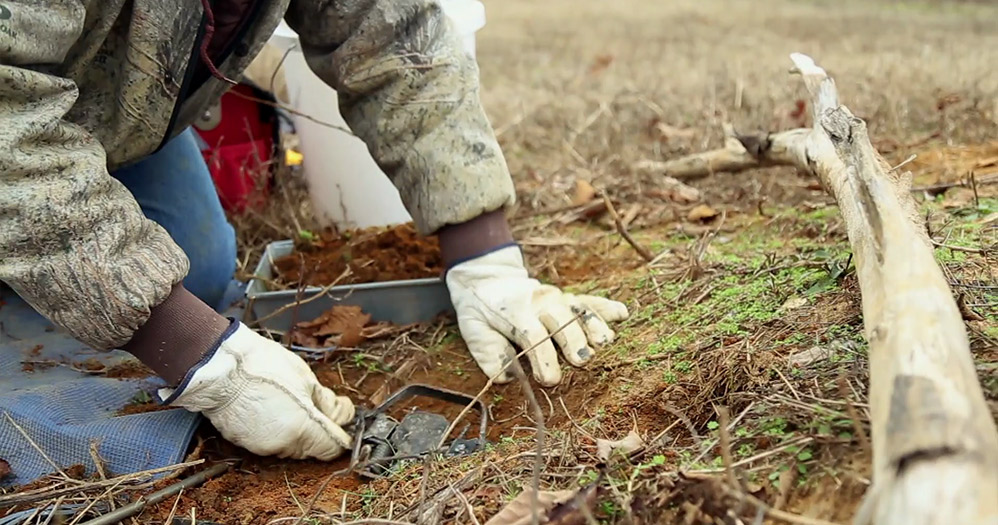Avoiding Common Trapping Mistakes
2/9/2021 8:00:00 AM
From MDWFP

Trappers are responsible for their own actions. In addition, all trappers will be judged - to a greater or lesser extent - by the actions of each individual. Each trapper is therefore accountable not only to himself but to all other trappers. Some of the most common mistakes made by beginning trappers are listed below so that you will be aware of them and will avoid making them:
Use of the wrong size, style, or type of trap for the animal or situation
Examples include using foothold or killer traps in situations where there is a high likelihood of capturing domestic animals; using traps that are too large for the intended animal; using a standard foothold in a situation where a "stoploss" apparatus is called for, etc.
Failure to fasten traps properly
Improperly staked or wired traps can result in extremely severe injuries to trapped animals, which pull the trap loose and escape with it on their foot. Also, the use of good swivels on the trap chain allows the trap to more freely move with the animal's foot, reducing injury. In general, trap injuries increase with the amount of time the animal spends in the trap, particularly if circulation to the foot is restricted.
Failure to check traps regularly
There is a tendency for inexperienced trappers to lose interest if a set goes untouched for a number of days, and they may assume that it is never going to catch anything. That is wrong, and no trap should be set if it cannot be tended to as required by law. In Mississippi, trappers are required to check traps at least every 36 hours.
Improper use of lure/bait
Too many trappers attempt to compensate for lack of knowledge of furbearer habits by the excessive use of lure or baits. Baits certainly have a purpose, but when used improperly they can lead to the unnecessary capture of non-target animals. In Mississippi, all lure or bait within 20 feet of a trap must be covered and not visible from above and may not exceed two cubic inches (the volume equivalent of a regulation sized golf ball) in size.
Use of inappropriate sets in areas of high human or domestic animal use
In general, land sets with foothold or killer traps should be avoided in areas such as parks, high-use recreation or hunting areas, and residential developments. Live traps, water sets and various types of "dog proof" sets are more acceptable in these areas. In Mississippi, no person shall place or set a trap on or within one hundred (100) feet of any street or public road.
Violation of the property rights of others
Illegal trespass and illegal tampering with the traps or sets of others are two of the worst mistakes a beginning trapper can make. In Mississippi, trappers are required to obtain landowner permission to trap on any property not deeded in the trapper's name.









